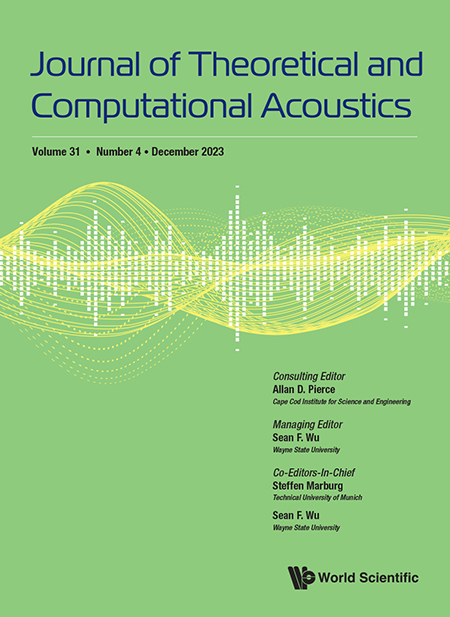Modeling of Complex Moving Sound Sources Using a Cut Finite Element Method Approach
Abstract
While acoustic analysis with the finite element method is commonly done under the assumption that the source location is stationary, this is not always a valid assumption. This paper derives a method to simulate moving sound sources using an unfitted mesh approach, where the source boundary is described by cutting through elements, known as the cut finite element method (cutFEM). By using such an approach the mesh stays static during simulation, even for large source movements, thus avoiding expensive re-meshing or mesh morphing steps. To be able to describe a wide variety of acoustic sources, both sources with a large and thin thickness are considered. Several time integration schemes are assessed and a method to determine the stability of the resulting time-varying system of equations is derived. The paper concludes by demonstrating the derived methods with two examples, where it is shown that the unfitted mesh approach is a viable way to simulate moving sources.


